Portrait of a Legend: The Man Whose Art Adorns India’s Constitution
Adorning the Constitution with pictures depicting Indian culture and heritage was a task entrusted to Nandalal Bose and his students
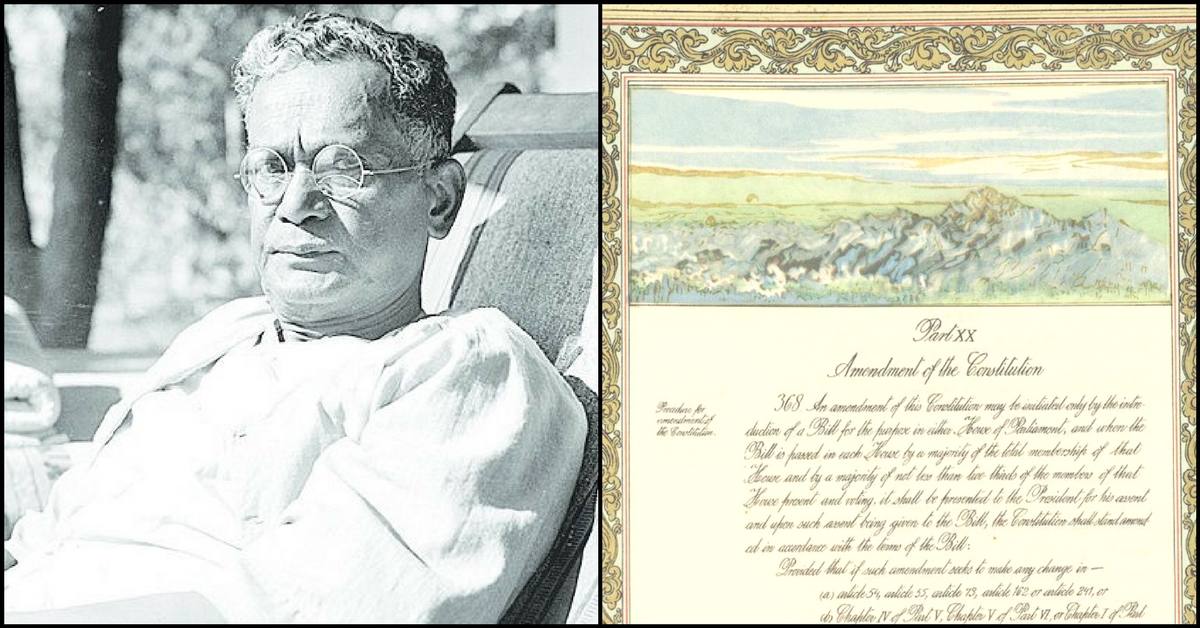
It took the Constituent Assembly more than two years to finalise a draft of our Constitution that would define the Republic status of India. After making over 2000 amendments, the ‘bag of borrowings’ was concluded on 26 November 1949.
Naturally, Assembly wanted this foundation of law, which includes and represents the diversity in India, to be adorned with artworks that would do justice to the brilliance of the Constituent Assembly.
PM Jawaharlal Nehru approached Prem Behari Narain Raizada to embellish the contents of the Constitution with his fine calligraphy.
And it was Nandalal Bose and his students that brought the rich history and heritage of India to the pages of the Constitution and ‘ignited’ it.
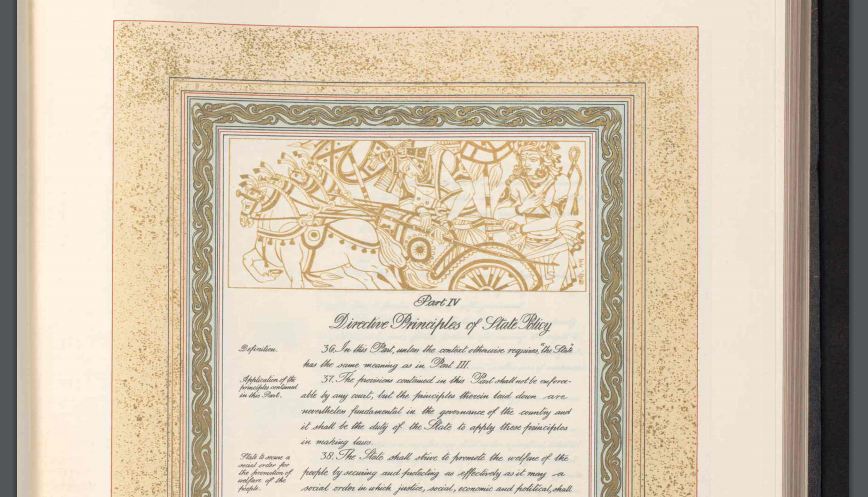
Born in a middle-class family, Bose never had the complete support of his family to pursue art, even though his mother was an amateur craftswoman. Even so, he pursued his passion with great zeal and went on to become a celebrated 20th-century artist in independent India.
The Tagore Influence:
Nandalal Bose had always been a great admirer of Abanindranath Tagore, the nephew of Rabindranath Tagore. When Bose started his education at the Calcutta School of Art, he was eager to learn the nuances of paintings from Tagore. But he was so intimidated by the idea of meeting his idol, that he took a friend along with him, to ease the tickles!
Bose was in for a great surprise when he finally gathered the guts to meet Tagore with his friend.
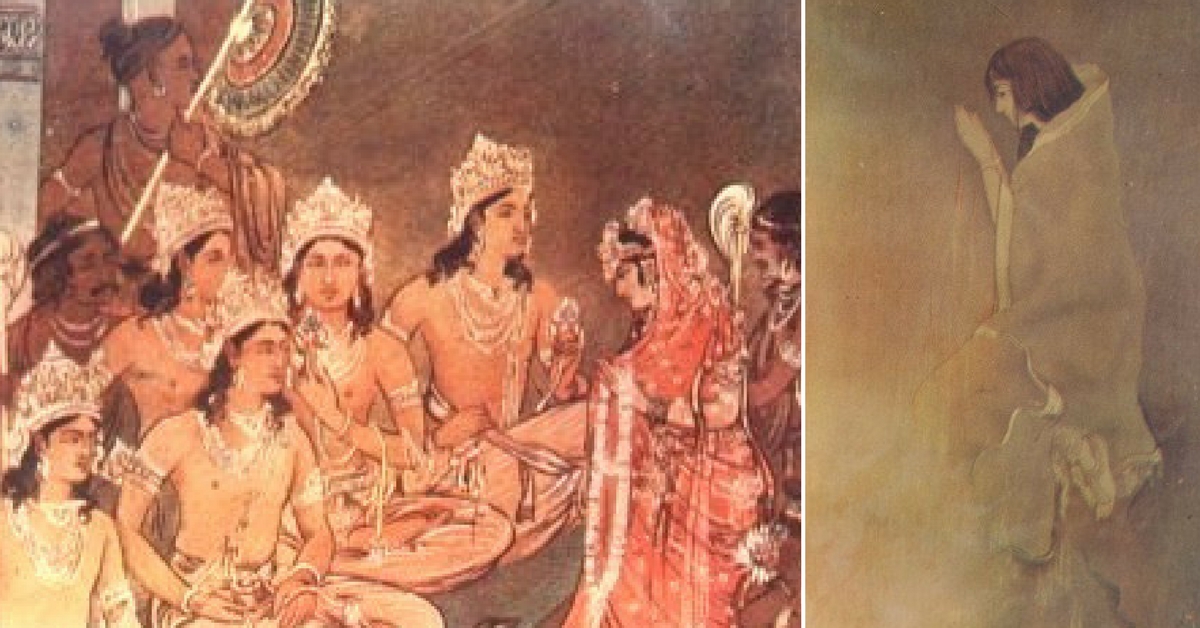
His spectacular paintings and near-perfect emulation of a few European paintings impressed Abanindranath Tagore, especially since Bose was an amateur artist. Tagore happily accepted him as his disciple and eventually, Bose went on to become one of his most favourite students.
The career of a painter:
In his career as an artist, Nandalal Bose created over 7000 portraits which are today housed in the National Gallery of Modern Arts, Delhi. His paintings of “Siva and Sati” and “Sati” exhibited in The Indian Society of Oriental Art brought him a cash prize of Rs 500 – which he used to travel across India, presumably for inspiration for his next artwork.
Bose is accredited with creating a portrait of Mahatma Gandhi with his lathi, after Gandhi’s Salt March.
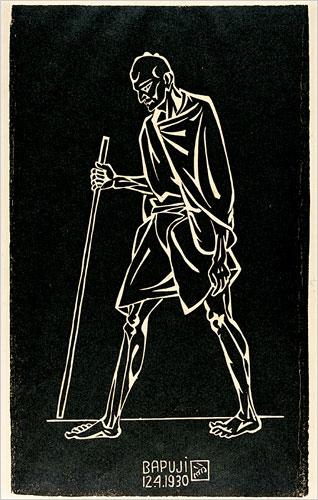
This black-and-white picture went on to become the icon of non-violent protests. The government of independent India entrusted Bose with a number of prestigious works.
Ornating pages of the first manuscript of our Constitution is one of such assignments.
Bose has also designed emblems of esteemed government awards such as Bharat Ratna and Padma Shri.
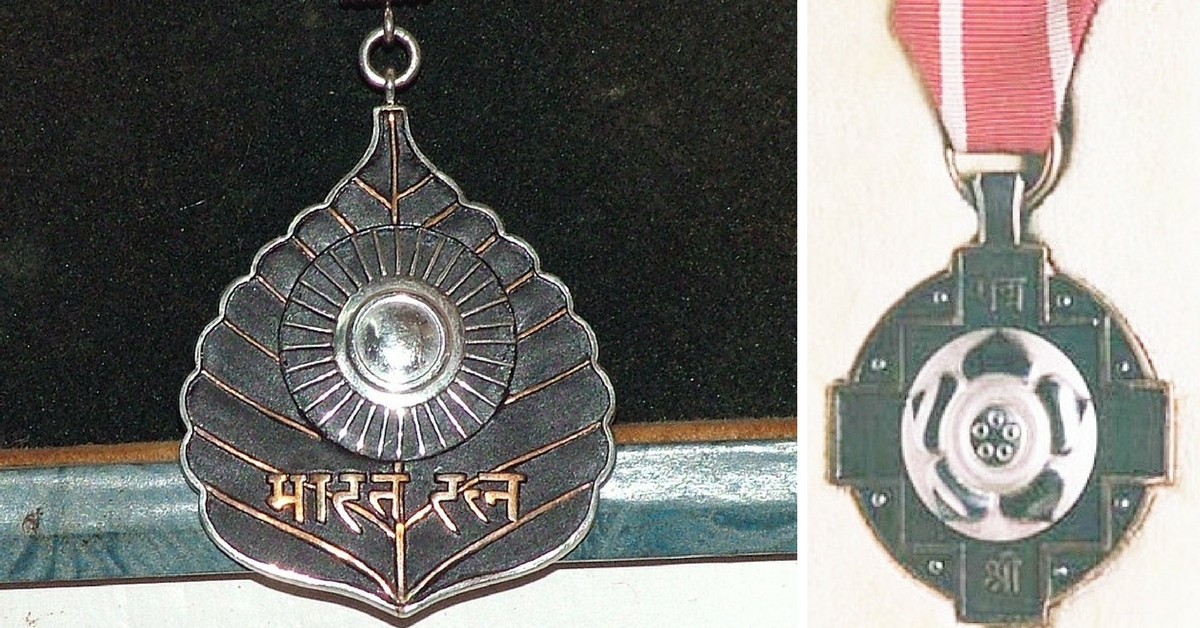
Rabindranath Tagore approached Bose when he founded the Kala Bhavan in Santiniketan. Bose served as the principal here from 1922 to 1951.
Embellishing the Constitution:
Adorning the Constitution with pictures depicting Indian culture and heritage was a task entrusted to Nandalal Bose and his students from Shantiniketan. Beohar Rammanohar Sinha designed the Preamble page.
Bose decorated several pages of the first manuscript with stylish borders, headers, and backdrops.
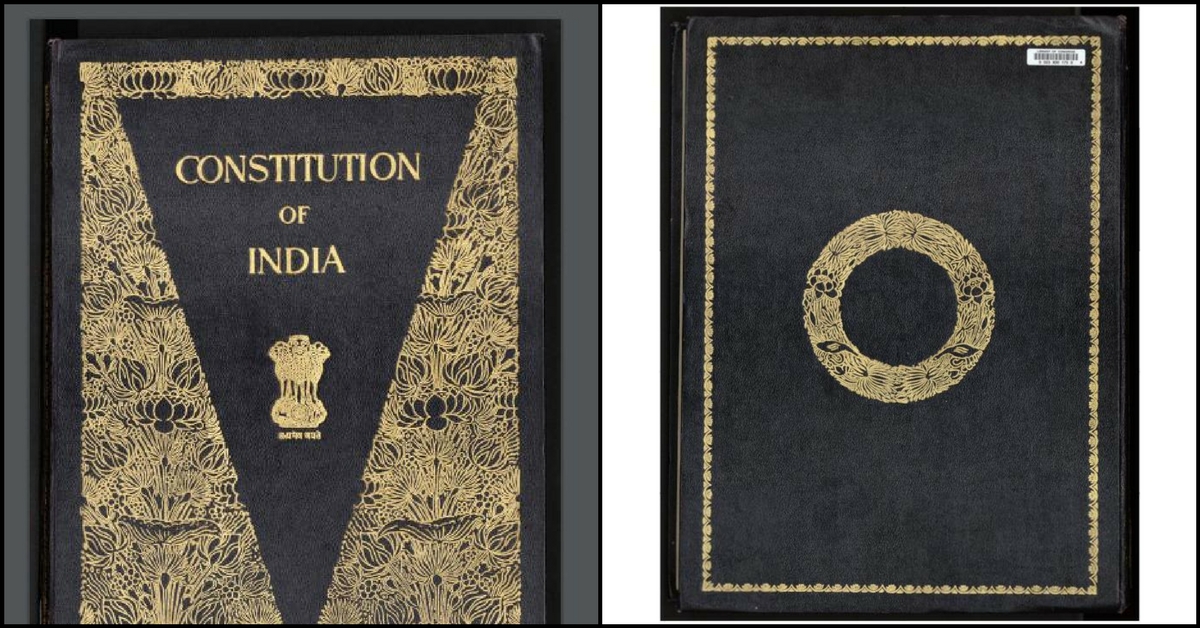
He even embossed complex patterns on the edges and made the covers in gold. These embossments are reminiscent of the Ajanta murals.
Each part of the Constitution begins with a depiction of a phase or scene from India’s national history. The artworks represent various periods in Indian history, including the Vedic Period, Mohenjodaro in the Indus Valley, the Gupta and Maurya empires as well as the Mughal era.
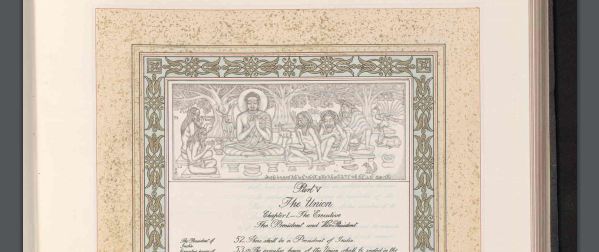

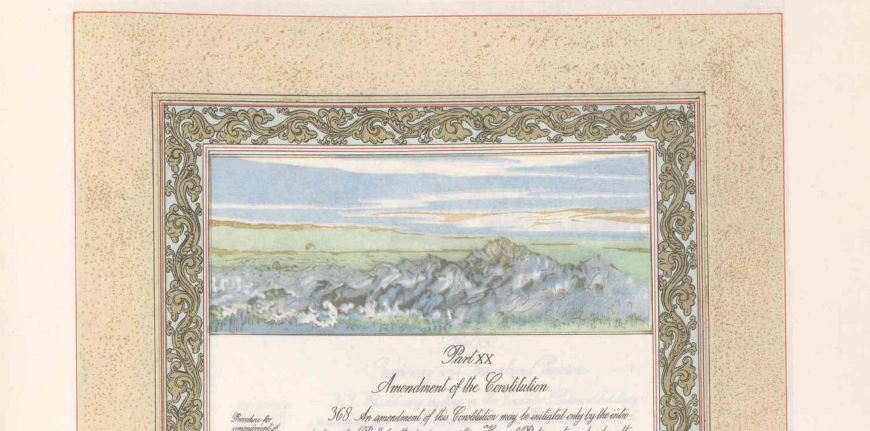
The finished manuscript was signed by 284 members of the Constituent Assembly. Photolithographed copies of this signed manuscript were then made at the office of Survey of India in Dehradun. The original document is preserved using a special helium-filled case in the library of the Parliament of India.
Featured image sources: Culture India/ Huffington Post
You may also like: Consti-tuition: All You Need to Know about Our Constitution in One Place!
Like this story? Or have something to share?
Write to us: [email protected]
Connect with us on Facebook and Twitter.
NEW: Click here to get positive news on WhatsApp!

Similar Story
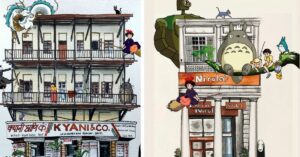
Kyani to Nirula’s: Artist Takes India Down Memory Lane with Sketches of Iconic Eateries
Aditya Raj from Jaipur visited an exhibition during his law school days and decided he would be an artist. Here’s his visual representation of a nostalgia trip with pictures of the most iconic eateries in India.
Read more >
If you found our stories insightful, informative, or even just enjoyable, we invite you to consider making a voluntary payment to support the work we do at The Better India. Your contribution helps us continue producing quality content that educates, inspires, and drives positive change.
Choose one of the payment options below for your contribution-
By paying for the stories you value, you directly contribute to sustaining our efforts focused on making a difference in the world. Together, let's ensure that impactful stories continue to be told and shared, enriching lives and communities alike.
Thank you for your support. Here are some frequently asked questions you might find helpful to know why you are contributing?


This story made me
-
97
-
121
-
89
-
167












